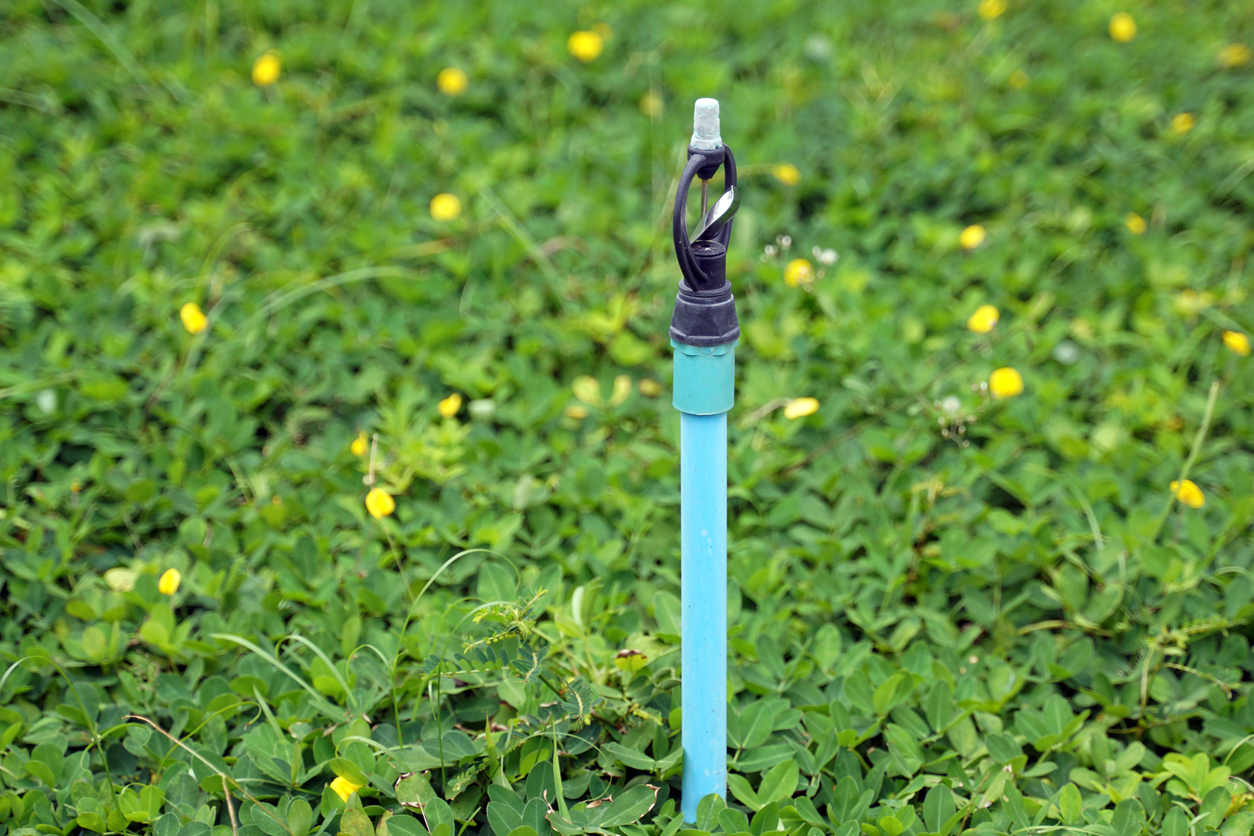This website uses cookies so that we can provide you with the best user experience possible. Cookie information is stored in your browser and performs functions such as recognising you when you return to our website and helping our team to understand which sections of the website you find most interesting and useful.
News
PVC is a Solution for Water Conservation – Irrigation
Water is a finite resource. As it stands now, the U.S. wastes far too much of it.
As our first article in this series on water conservation detailed, aging, rusting metal pipes play a huge role in losing treated water. Still, it’s far from the only way that crumbling or outdated infrastructure impacts U.S. water conservation.
Irrigation
Billions more gallons of water are lost through irrigation leaks, seepage, and evaporation.
Agriculture is a massive industry in the U.S. Irrigation alone accounted for 42 percent of the Nation’s total freshwater withdrawals in 2015[1]. Of course, it goes without saying that we need water to grow our crops – but what shouldn’t be allowed to continue is the 30% of all water used in agriculture lost due to seepage and evaporation, according to a Cadeo Institute study relating to agricultural energy efficiency. At face value, it may seem as though losing water outdoors is simply part of nature. The hotter it is, the more water will evaporate into the atmosphere, and the more contact water has with the ground, the more water that will be lost in the ground – these look like facts of science.
However, there are proven ways to mitigate these losses – it just requires modernization of our agricultural infrastructure. According to the aforementioned Cadeo Institute study, 43% of all farmland is watered via open irrigation canals. This, which works out to ~228,000 miles of canals, means that water flows openly and is fully impacted by the weather and evaporation – as well as seepage, depending on the quality of lining of the canal. It may seem obvious, but water traveling through a pipe has a much harder time evaporating – which is particularly problematic in regions like the American Southwest. The Cadeo Institute estimates that converting all open canals to pressurized conveyance pipes would generate energy savings equivalent to 1.2 million homes by making the process more efficient – not to mention the untold amounts of water protected from seepage or evaporation.
But don’t just take our word that irrigation can be drastically improved by utilizing PVC products – numerous studies have confirmed that unlined canals lose considerably more water than their lined counterparts, and perform even worse when compared to PVC pipe systems. A baseline 2009 study of the Indus Basin in Pakistan found that lining canals decreased water loss by 22.5%[2]. A similar study from Egypt took this research further and found that the efficiency rate in earthen canals, lined canals, and systems with PVC pipes were 65%, 92.2%, and 98.7% in winter and 59.6%, 87.1%, and 89.7% in summer, respectively[3].
The data is clear once more – using PVC pipes, this time in agricultural water infrastructure, can directly reduce the amount of water lost during irrigation. While the two studies mentioned aren’t from the United States, the takeaways can be applied here.
Take Arizona, for example. According to a presentation from New York Times bestselling author Seth M. Siegel at Greenbuild 2023, flood irrigation is Arizona’s most popular irrigation type, acting as the watering method for 89% of its crops, or 832,000 acres of land. According to the Water Footprint Calculator, 50% of water is lost when using flood irrigation. Why is a developed nation like the United States still using a technology developed and used by the Mesopotamians in 6000 BC?
If Arizona updated its irrigation systems to utilize drip irrigation (or similarly modernized techniques) coming through PVC pipes, it would drastically reduce the amount of water it loses. If the United States were to update all irrigation pipes to plastic as the Cadeo Institute recommends, the amount of water saved due to reduced seepage and evaporation would be equivalent to 2.5 times the average flow of the Colorado River through the Grand Canyon. Keep in mind, this is a state in the Colorado River watershed that experiences droughts frequently and should be investing as much as it can in protecting its water supply.
If the United States wishes to tackle its problems surrounding water, particularly in the West, it must invest accordingly. This means ditching antiquated techniques like flood irrigation in drought areas and replacing canals with PVC pipes or, at the very least, lining all unlined canals with PVC membranes.
America’s infrastructure is crumbling and letting its citizens down. The worst part? The solutions aren’t rocket science – they just require adequate attention.
[1] Irrigation & Water Use. Economic Research Service, U.S. Department of Agriculture. https://www.ers.usda.gov/topics/farm-practices-management/irrigation-water-use/
[2] Usman, Muhammad. (2009). Comparison of water losses between unlined and lined watercourses in Indus Basin of Pakistan. Pakistan Journal of Agricultural Sciences. 46. 280-284.
[3] Osman EAM, Bakeer GA, Abuarab ME, Eltantawy MT. 2016. Improving irrigation water conveyance and distribution efficiency using lined canals and buried pipes under Egyptian condition. Misr J Agric Eng. 33(4):1399–1420.


